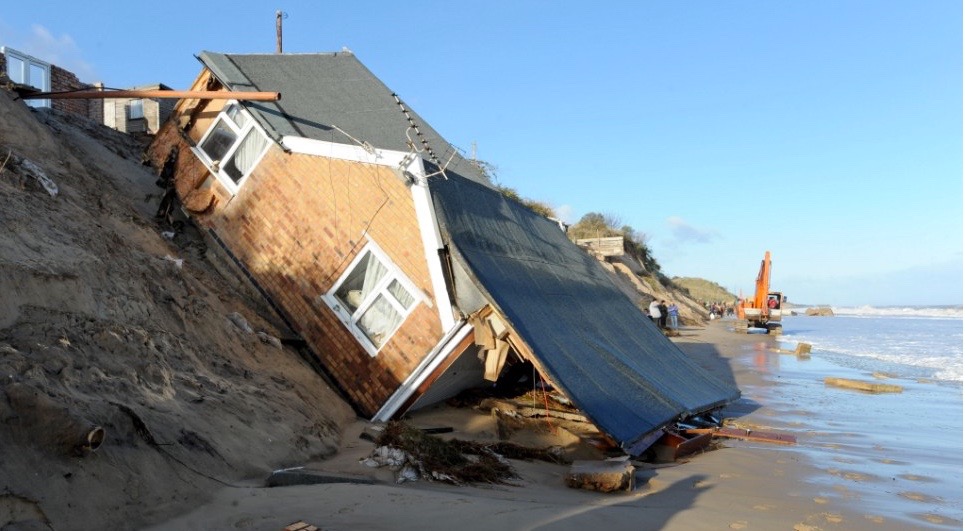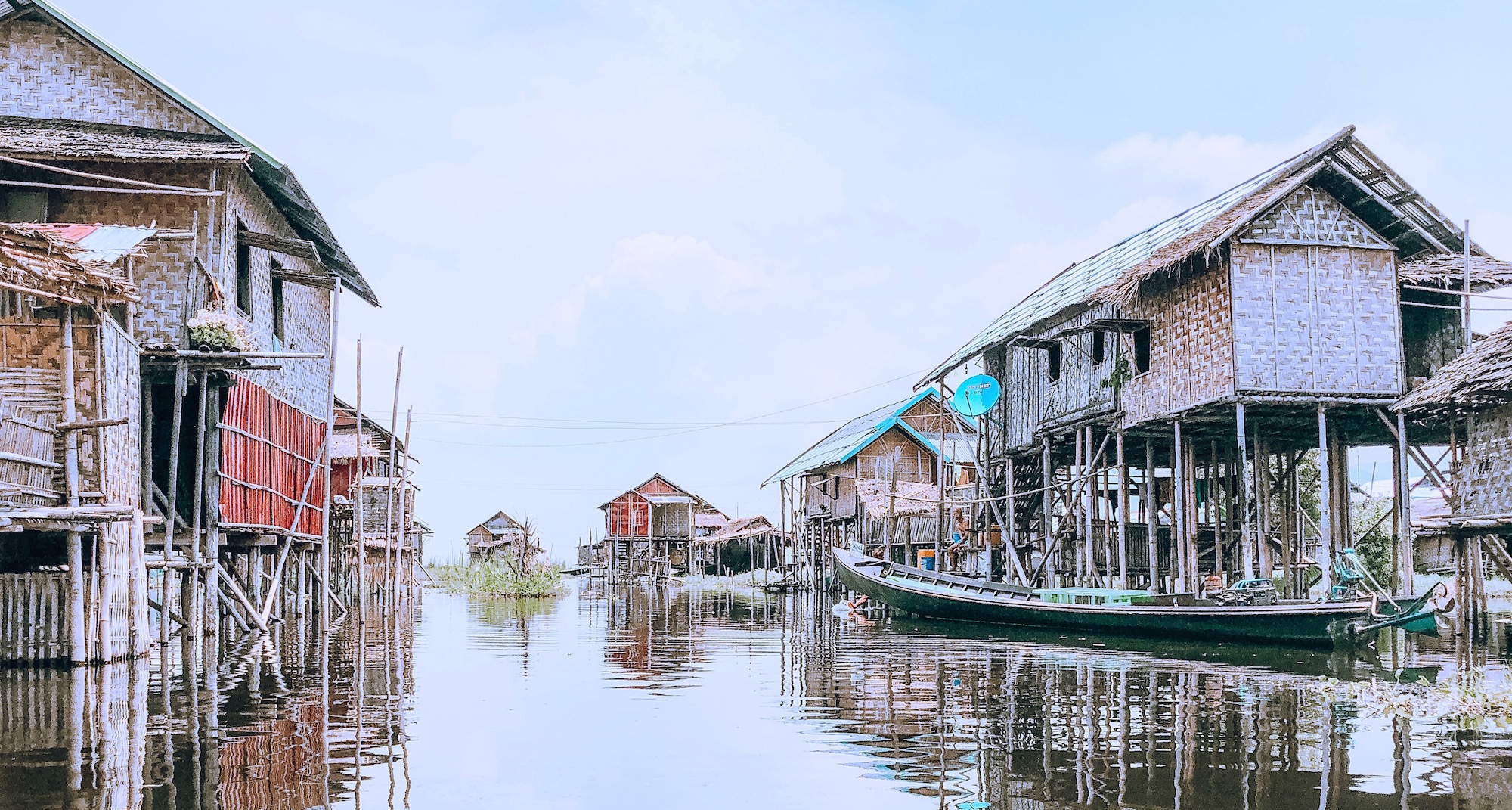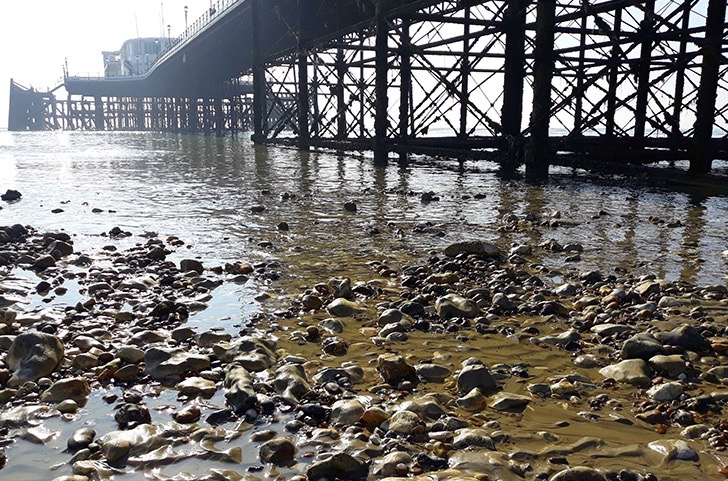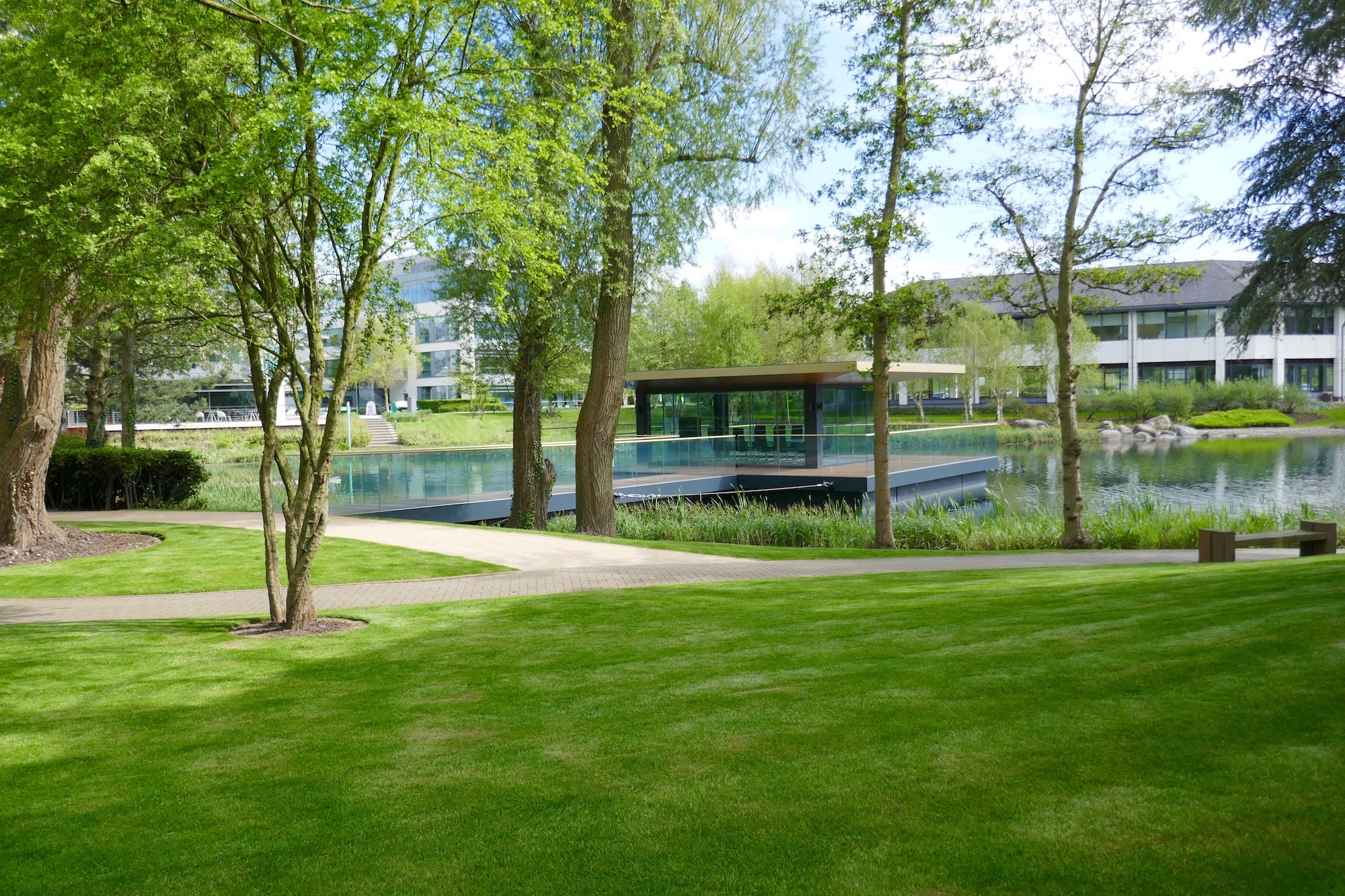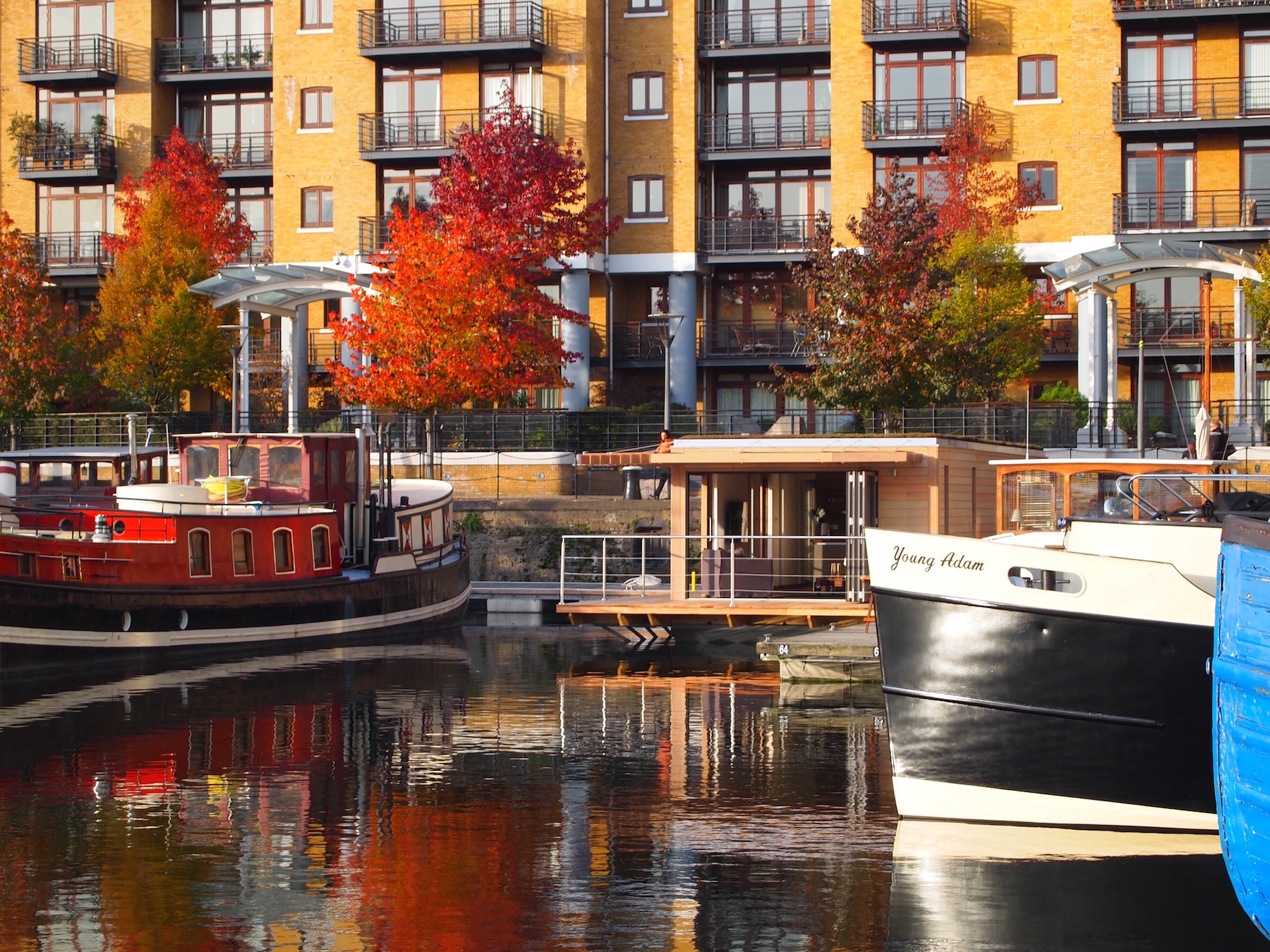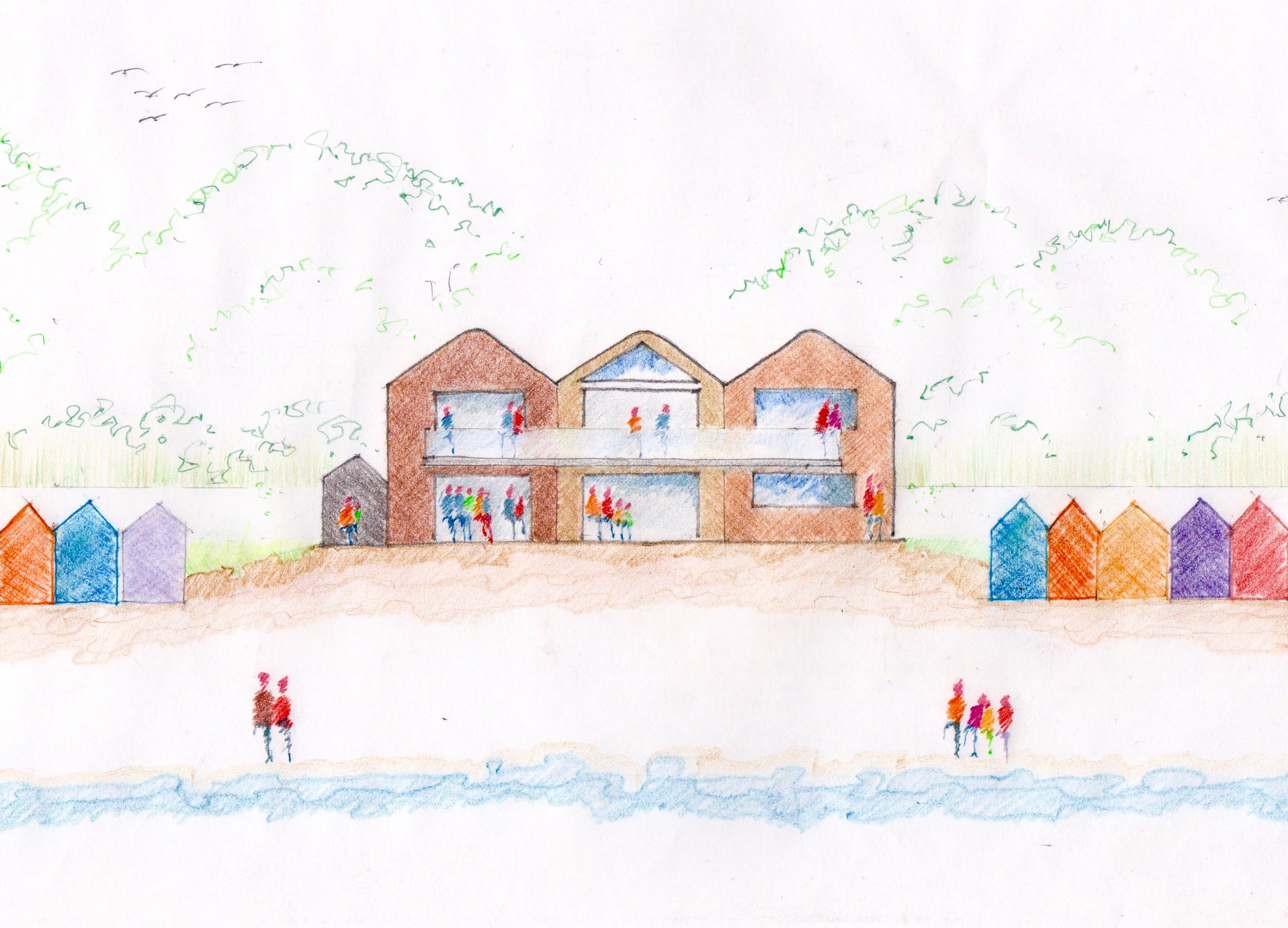Mitigating Flood Risk with Modern Building Design
King Canute’s encounter with the rising tide
King Canute’s legendary battle with nature proved that not even kings can control the tide. With environmental change and rising sea levels, we are seeing greater areas of land becoming flood zones. Globally, this shows no sign of abating. So what options are there for architects to design for this ever-evolving and unchartered territory?
Fight the environment
In the past, buildings near rivers, lakes, or the sea have been designed or adapted to work against the water. From installing flood vents that close when water flows backwards, to fitting steel plates across doorways, the mentality was always the same – the water, at best, is an inconvenience - at worst, it is a devastating force; it must be kept out, repelled, resisted.
There are plenty of offices and homes that have been built this way, proving attempts to dominate the environment with fixtures and fittings can provide a solution. However, these buildings haven’t been designed to withstand the higher floods of the future. At low flood levels these measures can work, but if we're talking about an extra one to three metres of flood water, as predicted by the latest computer modelling, that’s not just water running across the floor, that's water through your windows too!
The impact of rising sea levels
In the modern world, one of the nasty things about floods is that all the pipes are full of sewage. During flooding, sewage is forced back up through the building’s pipes and out of the sinks and toilets. If these buildings can’t cope with an increase in flood height, they will soon become unsuitable and undesirable.
Retreat from the landscape
Building upwards creates distance between the space and the environment. Stilts are commonly used in building design in South East Asia and South America to elevate the space above the flood surface, provide added ventilation, and to avoid dangerous animals, such as snakes and tigers. As spiritual as they are functional, these architectural designs also form part of the mystical heritage in places such as Bali. These tall buildings make sense in the context of their geographies and cultures, but are not something we associate with traditional British towns and landscapes.
Placing a building on stilts in a British coastal town risks dominating the surroundings. It could make the landscape hard for people to relate to and feel intimidating to approach from below. Perhaps this is why it feels a little spooky to walk under a pier at the seaside? It’s dark and oppressive, with the sound of footsteps thumping overhead and glimpses of people flashing between the gaps in the boards. More importantly, rather than connecting us with our environment, buildings on stilts aim to segregate us.
Work with the surroundings
Fight or flight aren’t our only options, however. Amphibious and floating spaces allow us to build things that work in a traditional sense, maintaining the natural relationship with the surroundings. Historically, we have a deep relationship with water; our ancestors arrived via the rivers and oceans and settled near these life sources. Working with the water allows us to tap into that connection. As the waters continue to rise, and people find their homes, offices, and community buildings within flood zones, we believe in working with the water and in understanding it. We’re offering creative solutions that don’t rely on complex technologies that could be more prone to failure or in need of specialist maintenance. Rather than a constant battle or an enforced retreat, floating and amphibious spaces serve a practical purpose, but also offer a surprising and interesting experience.
Whereas maps show stark lines between wet and dry, water and land, the distinction is never that clear. Maps neglect to show the nuances between solid ground and immersion. With rising sea levels and climate change, these lines will blur further still. If we are to future-proof our businesses and communities, we must recongnise the future is fluid.
East Anglia’s low lying land is at the greatest risk from rising sea levels

